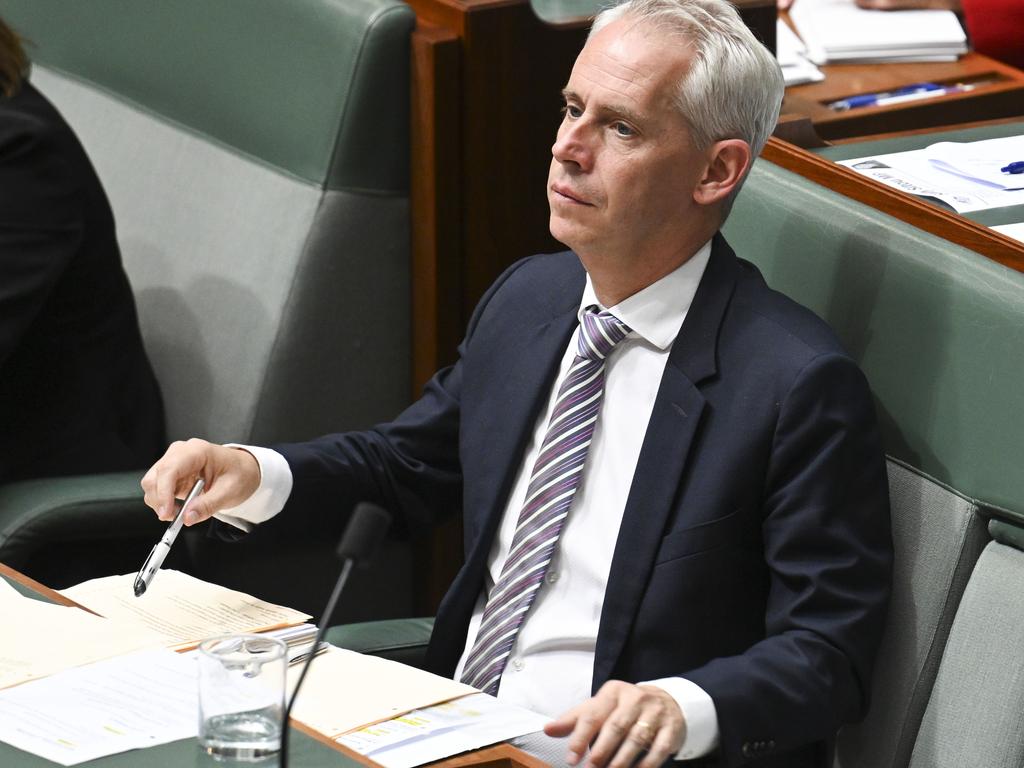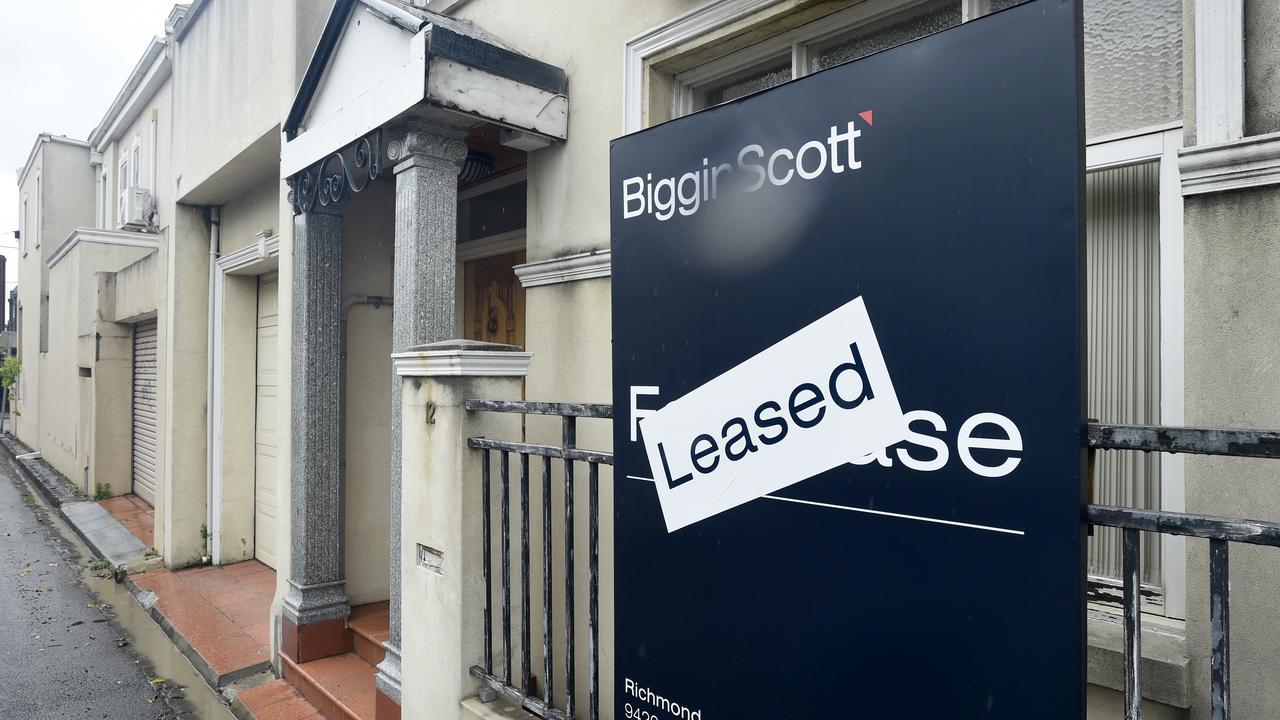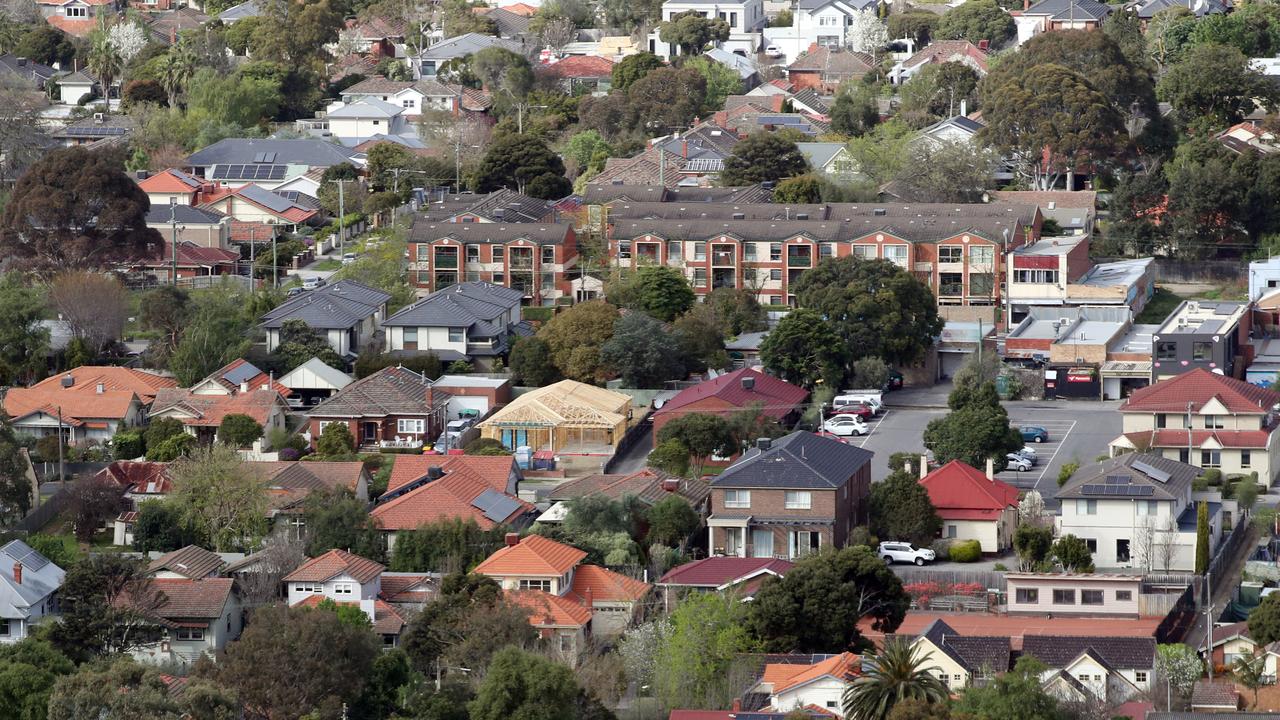Aussie suburbs set to boom over next decade
These are the locations set to boom over the next 10 years due to a number of favourable patterns.
Population growth is one of the strongest demand-side factors in the market at the moment, with the potential to materially impact both home values and weekly rents if supply does not keep up.
And the latest numbers are in.
According to the Australian Bureau of Statistics (ABS), Australia’s population grew by 2.5 per cent to 26.8 million over the 12 months to September 2023. That equated to a net annual increase of 659,800 people, and 548,800 of them were migrants.
Migrants are an important demographic that impacts the property market in different ways.
As discussed in this year’s McGrath Report, most migrants start their property journey in the rental market. However, we’ve noticed an uptick in new arrivals buying sooner given the supply of rental homes is so tight.

The bulk of migrants arriving over the year to September 2023 were temporary skilled workers and international students. Just under 35 per cent settled in NSW, 29.5 per cent settled in Victoria and 16 per cent settled in Queensland. So, at a state level, those were the markets that received the biggest bump in demand from migrants.
Drilling down to neighbourhood level, international students tend to rent in university hubs and/or inner cities. They like apartments and share houses, and the influx of students last year has certainly contributed to rising rents in many areas. But there are many other factors contributing to strong rental growth as well.
Some students from wealthier families may move into apartments purchased by their parents in affluent suburbs that promise above-average capital growth. Under foreign investment rules, a temporary resident can buy one established property to live in while they are here, and they have to sell it when they leave.

Migrant families tend to settle in outer suburban neighbourhoods where their compatriots already live. These multicultural hotspots offer a ready-made community, with grocers and eateries selling foods and products from their own countries. Other migrants target inner city suburbs within commuting distance of their jobs. Although the Federal Government says migration will be lower in the coming years, it will remain the primary component of our population growth and will therefore continue to impact housing and rental values.
But what other demographic trends are affecting property prices and weekly rents today?
Here are my thoughts:
Internal migration
Australians move between states and territories all the time and for many reasons.
But Covid changed traditional patterns. During the pandemic, we saw a large number of people leave the major cities for regional areas, particularly in NSW and Victoria, because they could work from home.

And that’s now a permanent workplace change prompting many predominantly millennial families to embrace a non-metropolitan life.
The Regional Australia Institute says city outflows to the regions are tracking almost 15 per cent above the pre-Covid average.
The ABS data shows Queensland had the highest rate of net interstate migration at 32,625 people, followed by Western Australia with 11,233 people.
Both Queensland and Western Australia offer better housing affordability than Sydney and Melbourne. Queensland offers a warm climate and beachside lifestyle, while Western Australia has a booming economy and plenty of jobs, particularly in the highly lucrative mining industry.
The state that lost the most residents was NSW, with a net 33,302 people leaving. Many of them were millennial families leaving Sydney for better housing affordability elsewhere.
Wealthy baby boomers
I can see many regional lifestyle areas performing as well or better than their city counterparts over the next decade as internal migration patterns continue to shift.
The baby boomer generation of empty nesters and retirees are only just getting started with their seachanges and treechanges, and are becoming a force in the premium regional property sector with their big city budgets.
Baby Boomers have made a lot of money out of simply holding the homes they bought decades ago. More than 75 per cent of Boomers are owners – many without a mortgage – and now they’re inheriting their parents’ assets, too. This cohort does not need a loan if they want to switch homes, and they often have the means to help their kids with the deposit on their first homes, too.
First home buyers
It’s counterintuitive to see more of the most budget-conscious buyers in the market while interest rates have been rising. But that’s what’s been happening, and it reflects the rising role of the Bank of Mum and Dad.
It’s not just the availability of family money that is motivating young people to buy, though. For decades, renting has provided a cheaper living option but after a near-40 per cent increase in weekly rents since Covid, it simply makes more sense to buy if you can.
Cash buyers
Almost three in 10 homes purchased on the East Coast last year were bought with cash, according to a new report from digital property exchange platform, PEXA. Wealthy baby boomers are among them, along with high income earners, returning ex-pats and foreign investors. The proportion of cash-funded purchases rose by 1.5 per cent in 2023 to $129.6 billion.
All of these demographic trends are contributing to rising prices and weekly rents across Australia today.
* John McGrath is the founder, Managing Director and Chief Executive Officer of McGrath Estate Agents
More Coverage
Originally published as Aussie suburbs set to boom over next decade








